Medial Medullary Syndrome Mnemonic
Medial medullary syndrome mnemonic. Medical Mnemonic for NEET PG and UG by Dr Prakash nayak Dr. The previously reported 14 cases of the medial medullary syndrome. First described in 1908 by Spiller medial medullary syndrome is characterized by damage to and dysfunction of the medial medullary structures.
Editor May 15 2011 8 Comments Lateral medullary syndrome PICA wallenberg syndrome Regional Anatomy of PICA. 6 S passlie on the Side latetral of Medulla Except the anteromedian part supplied by vertebral artery. Medial Medullary Dejerines Syndrome.
- Supranuclear vertical gaze disturbance - Upward. In a 55-year-old woman the medial medullary syndrome developed owing to infarction of the left medullary pyramid ventromedial portion of the inferior olivary nucleus medial lemniscus and hypoglossal nerve. Dejerine introduced the triad of contralateral hemiplegia sparing the face contralateral loss of deep sensation and ipsilateral hypoglossal paralysis to this.
There is a loss of pain and temperature sensation on the contralateral opposite side of the body and ipsilateral same side of the face. Vascular lesion of anterior spinal or paramedian branches of the vertebral arteries leading to infarction in the medial medulla affecting the pathways and nucleus mentioned as 4 M. Lateral medullary syndrome.
Parinauds syndrome notes mnemonic video. Medial Medullary Syndrome Keshav Mudgal Neurology - Circle of Willis D 5202014 56 views 50 3 EXPERT COMMENTS 28 Please login to add comment. Thus a medial brainstem syndrome will consist of the 4 Ms and the relevant motor cranial nerves and a lateral brainstem syndrome will consist of the 4 Ss and either the 9-11th cranial nerve if the lesion is in the medulla or the 5th 7th and 8th cranial nerve if the lesion is in the pons.
Lateral medullary syndrome and lateral pontine syndrome mnemonic Cool fact. Now let us move onto the discussion of medial medullary syndrome Djerines syndrome. Anatomical basis mnemonic Epomedicine As already discussed in the previous section about Lateral Medullary Wallenberg Syndrome.
Dejerine SyndromeDejerine syndrome medial medullary syndrome is caused by an infarct of the medial medulla affecting the hypoglossal nerve nucleus from occlusion of small perforating branches from the vertebral or proximal basilar artery or occlusion of the anterior spinal artery. Medial medullary syndrome also known as Déjerine syndrome is secondary to thrombotic or embolic occlusion of small perforating branches from vertebral or proximal basilar artery supplying the medial aspect of medulla oblongata12.
First described in 1908 by Spiller medial medullary syndrome is characterized by damage to and dysfunction of the medial medullary structures.
6 S passlie on the Side latetral of Medulla Except the anteromedian part supplied by vertebral artery. Thus a medial brainstem syndrome will consist of the 4 Ms and the relevant motor cranial nerves and a lateral brainstem syndrome will consist of the 4 Ss and either the 9-11th cranial nerve if the lesion is in the medulla or the 5th 7th and 8th cranial nerve if the lesion is in the pons. - Supranuclear vertical gaze disturbance - Upward. Medial Medullary Dejerines Syndrome. First described in 1908 by Spiller medial medullary syndrome is characterized by damage to and dysfunction of the medial medullary structures. Dejerine introduced the triad of contralateral hemiplegia sparing the face contralateral loss of deep sensation and ipsilateral hypoglossal paralysis to this. The previously reported 14 cases of the medial medullary syndrome. Vascular lesion of anterior spinal or paramedian branches of the vertebral arteries leading to infarction in the medial medulla affecting the pathways and nucleus mentioned as 4 M. - Also known as the dorsal midbrain syndrome - Caused by compression of the tectal plate Where the superior and inferior colliculi sit Clinical features.
In a 55-year-old woman the medial medullary syndrome developed owing to infarction of the left medullary pyramid ventromedial portion of the inferior olivary nucleus medial lemniscus and hypoglossal nerve. Medial medullary syndrome also known as Déjerine syndrome is secondary to thrombotic or embolic occlusion of small perforating branches from vertebral or proximal basilar artery supplying the medial aspect of medulla oblongata12. - Also known as the dorsal midbrain syndrome - Caused by compression of the tectal plate Where the superior and inferior colliculi sit Clinical features. 6 S passlie on the Side latetral of Medulla Except the anteromedian part supplied by vertebral artery. The posterior inferior cerebellar artery also known as PICA is the largest branch of the vertebral artery passes on an irregular course between Medulla and Cerebellum. Medical Mnemonic for NEET PG and UG by Dr Prakash nayak Dr. Now let us move onto the discussion of medial medullary syndrome Djerines syndrome.

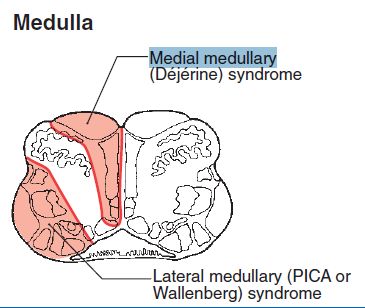
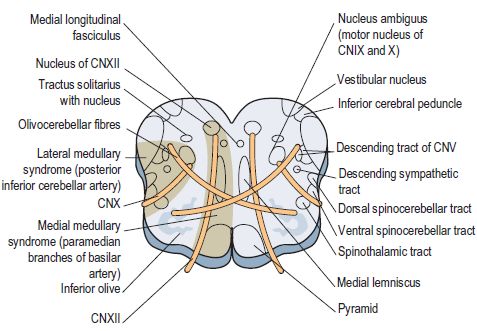





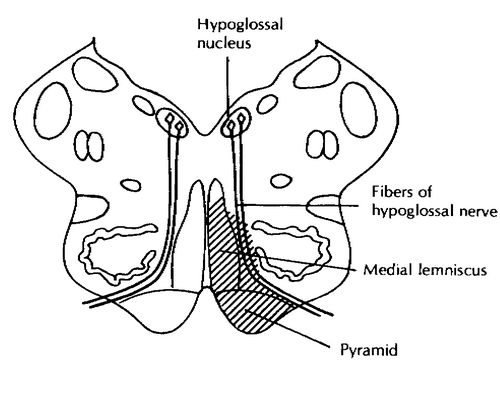

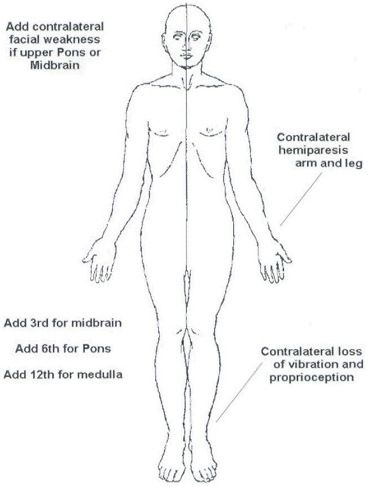





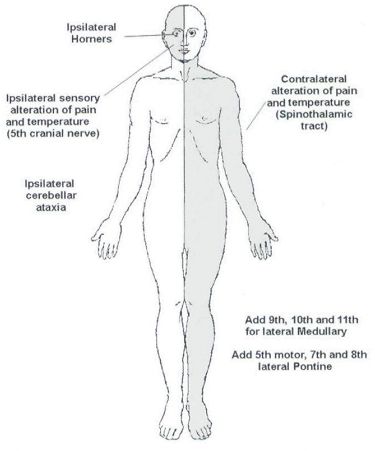
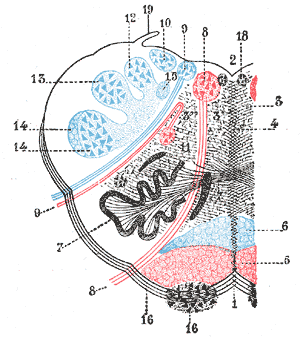

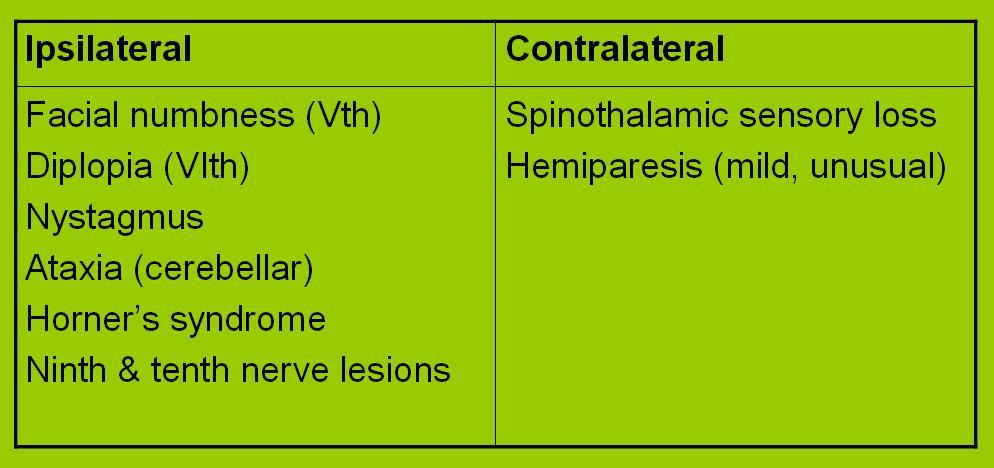


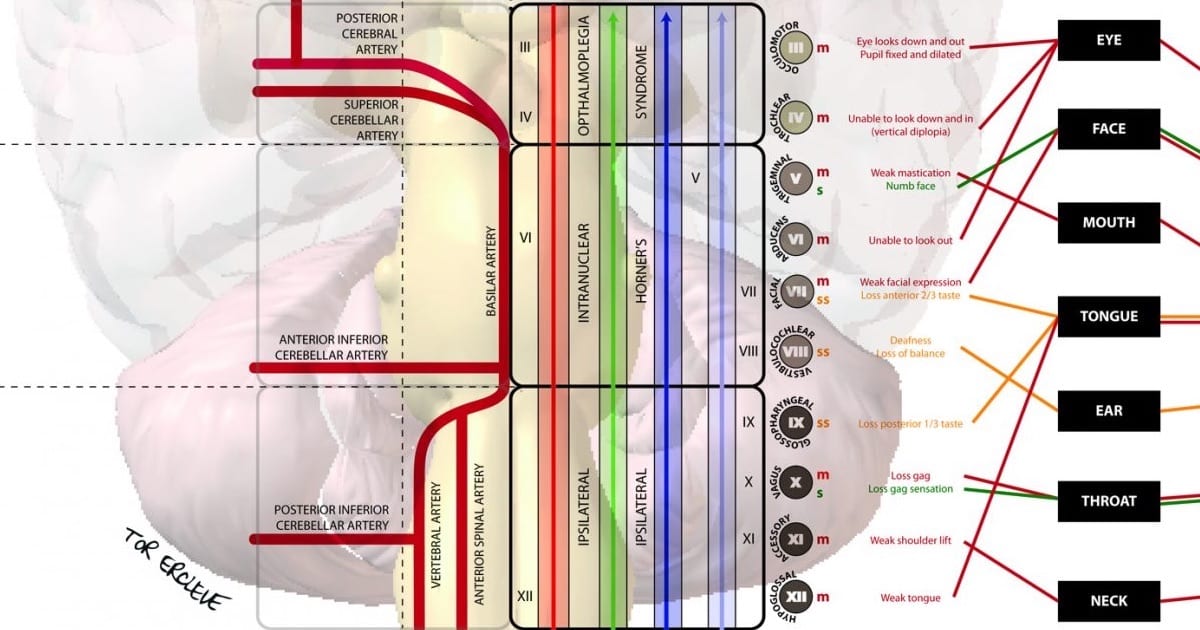



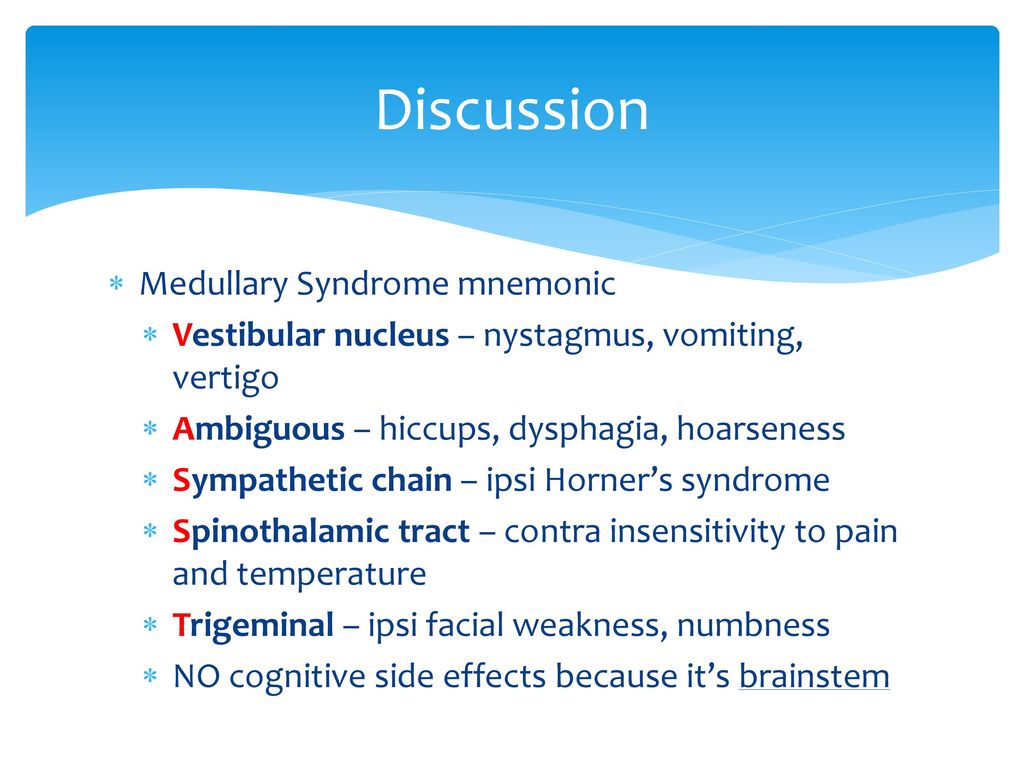














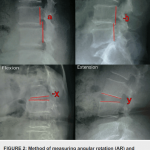
Post a Comment for "Medial Medullary Syndrome Mnemonic"